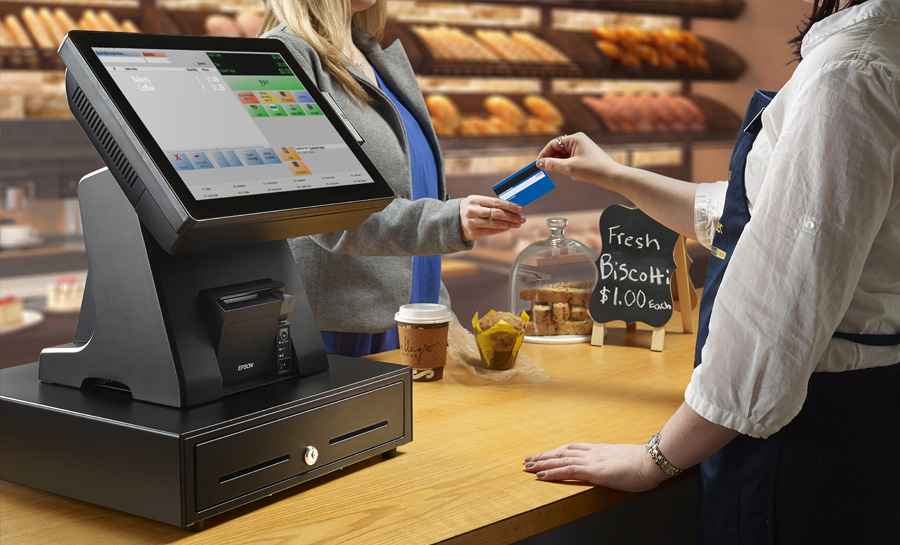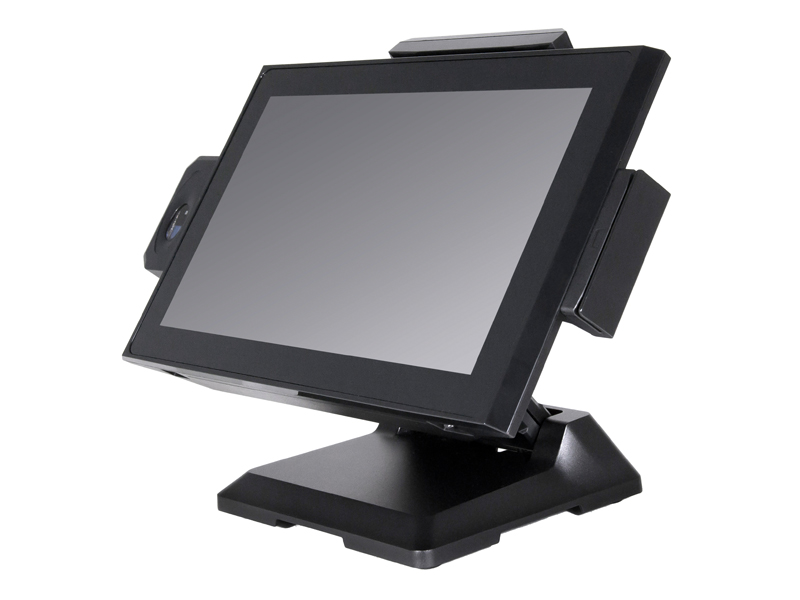Exactly How POS System Functions: A Comprehensive Overview for Entrepreneur

Comprehending the Parts of a POS System

How Sales Transactions Are Refined
When a customer chooses to purchase, the sales deal starts a collection of systematic steps within the POS system. First, the cashier inputs the products being bought, which are checked with a barcode viewers or manually entered. This activity gets item information, consisting of pricing and appropriate taxes, from the system's database.Next, the client is presented with the complete amount due. The POS system after that processes the settlement, whether with money, credit card, or mobile repayment methods (Restaurant POS Software). For electronic payments, the POS firmly communicates with settlement cpus to license and verify the transaction.Once the payment is validated, the system generates an invoice, which can be published or sent digitally. This receipt acts as proof of acquisition for the client. Finally, the deal data is tape-recorded in the system, ensuring precise sales documents and financial monitoring for business
Supply Administration and Monitoring

Effective inventory monitoring and monitoring are important elements of a POS system, as they assure that businesses keep ideal stock degrees and lessen discrepancies. A robust POS system permits for real-time stock updates, showing returns and sales instantaneously. This makes it possible for company owner to monitor stock degrees accurately, making sure that popular products are conveniently available while avoiding overstocking of less popular products.Additionally, progressed POS systems offer functions such as computerized stock signals and reorder tips, enhancing the purchase procedure. Barcoding and RFID innovation boost accuracy in tracking stock motion, decreasing human error. Substantial reporting devices give insights into stock turnover rates, helping organizations make informed decisions concerning purchasing and item offerings. Inevitably, reliable supply management through a POS system not only improves operational efficiency but also enhances client satisfaction by making sure item accessibility.
Examining Client Data and Insights
Customer information evaluation works as a powerful tool for companies using a POS system (Restaurant POS Software). By gathering and taking a look at deal data, companies can discover beneficial understandings concerning client actions and choices. This analysis allows them to identify purchasing trends, peak purchasing times, and preferred items, thus informing supply decisions and advertising and marketing strategies.Additionally, organizations can section their client base, enabling personalized marketing initiatives that provide to specific demographics or buying practices. Recognizing consumer commitment patterns additionally assists in developing targeted promos and benefits programs.The data amassed from a POS system can likewise disclose insights right into consumer responses, making it possible for businesses to make enlightened decisions concerning item offerings and solution improvements. Eventually, leveraging consumer data effectively can enhance the general purchasing experience, foster customer fulfillment, and drive revenue growth
Advantages of Implementing a POS System

Frequently Asked Questions
What Sorts Of Companies Can Take Advantage Of a POS System?
Different companies benefit from a POS system, including retail stores, dining establishments, salons, and ecommerce platforms. These systems improve purchases, stock monitoring, and customer information, improving functional efficiency and enhancing customer experience throughout varied sectors.
How Much Does a POS System Usually Cost?
The expense of a POS system usually ranges from a couple of hundred to a number of thousand bucks, depending upon features, equipment, and software program. Organizations have to consider recurring costs for purchase, support, and upkeep processing when budgeting.
Can I Incorporate a POS System With Existing Software Program?
Integrating a POS system with existing software application is usually viable. Numerous systems supply APIs or built-in compatibility functions, enabling companies to simplify operations and improve functionality by connecting numerous software applications successfully.
What Training Is Needed for Staff to Utilize a POS System?
Educating for team to make use of a POS system generally consists of understanding software capabilities, refining purchases, taking care of inventory, and handling customer interactions. Practical presentations and hands-on technique sessions improve proficiency and confidence in using the system efficiently.
What Occurs if the Web Drops While Making Use Of a POS System?
If the internet decreases throughout POS system usage, transactions may be disrupted. Several systems provide offline capabilities, allowing fundamental procedures to proceed, yet full capability, consisting of real-time supply updates, will certainly be restricted. A Point of Sale (POS) system is composed of a number of key components that work with each other to manage and help with purchases business procedures. Effective inventory administration and monitoring are important components of a POS system, as they ensure that businesses keep excellent supply degrees and decrease discrepancies. Customer data analysis serves as an effective device for services using a POS system. Comprehending client loyalty patterns also assists in creating targeted benefits and promotions programs.The information obtained from a POS system can likewise expose understandings into consumer comments, making it possible for companies to make educated decisions relating to item offerings and solution renovations. Applying a POS system offers many Restaurant POS Software benefits that can substantially improve organization operations.